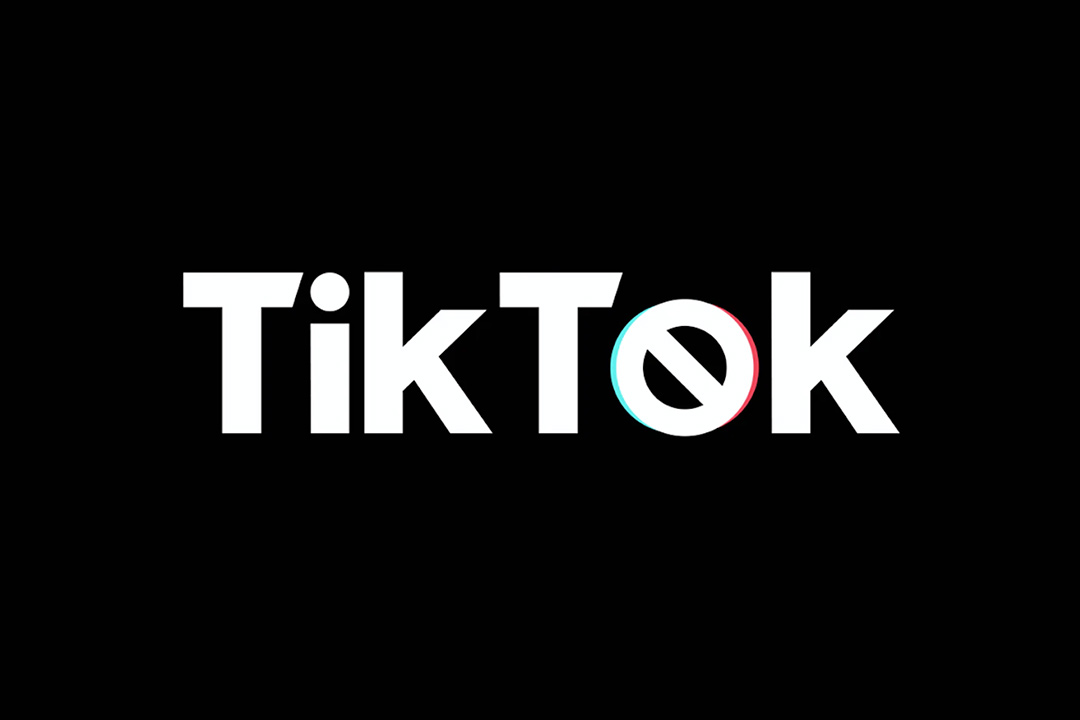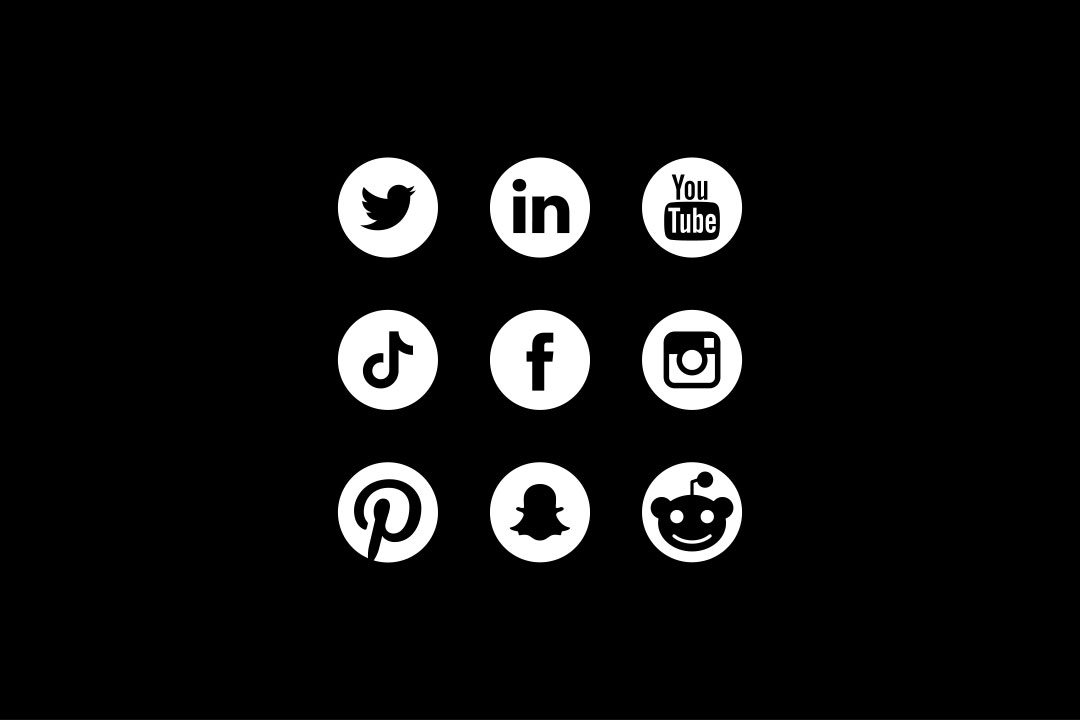We see advertising everywhere. Ads are so seamlessly integrated into our lives that we often don’t think twice about their origins. But they have to come from somewhere—right?!
From an agency’s point of view, a lot that goes into producing memorable and effective work. Spoiler alert: it all starts with a great idea. And often, coming up with that idea is the hard part. One technique to spur creative brilliance is to host a group brainstorming session.
Through years of experience, we have found that by following a few key steps our brainstorm sessions are more efficient and effective.
1. Define.
Understand your goals and define the purpose of holding your brainstorming session.
What do we want to accomplish at this meeting?
What will people get out of the ______?
What is ______ going to look like?
2. Choose a strong facilitator.
Who should be in charge? Pick a person who understands the question at hand and will keep the session on track. This person will ensure that people participate, understand the session’s objectives and that no person dominates the conversation.
3. Invite the right kind of people.
Having 3-8 people in the session is ideal. Having too many people can be overwhelming and lead to no answers. Not enough people have the potential for a creative dead-end. Make sure to choose people with a range of age, culture, and backgrounds. With 3-8 folks, you are almost guaranteed a broad range of ideas and a diverse set of thinkers.
4. Snacks.
Snacks are crucial, as food fuels the mind. Thus, having a taste variety of goodies to share among your team is essential—you don’t want any hangry brains! Some of our favorites include trail mix, dried mangos, pretzels, and an assortment of chocolates. A li’l sweet and a li’l salty…hey, it’s all about balance!
5. The agenda.
Make a schedule and try to stick to it.
Introduction: Make sure everyone is on the same page about your goals. Take time to identify and define problems, and answer any ambiguities relating to your overarching question.
Diverging: This is a time for participants to explore options and generate new ideas. This can be done as a group or on an individual level.
Individual level Passing out sticky notes and have everyone jot down or doodle ideas is an excellent method! Once the sticky notes are filled out, place them on a surface where everyone can see them. Then, try having your participants expand on the ideas of others. Google Forms is a paperless, and anonymous approach to this technique.
Group level Assign a note taker, write thoughts on a large board, and discuss all ideas out loud.
Converging: You’ve come up with several ideas, it is now time to bring your ideas together. Sort your thoughts, discuss, and isolate your favorites.
Tips:
- No ideas are dumb, share everything
- Silence is good and natural
- Keep your end goal in mind
- Think outside the box, but inside the brand
- Have fun and stay positive!
Planning: So you have an idea. Now it is time to figure out how to execute your plan. If you can fill in the blanks below, you are all set!
- I will ___________.
- By doing ___________.
- By when: ___________.
- With ___________.
- Resulting in ___________.
- Because ___________.
6. Recap.
Review your brainstorming session and get to work!
From brainstorm rookies to masterminds, these steps will help boost innovation and productivity. As long as you adhere to these general steps, you are sure to walk out of your next brainstorm feeling triumphant and ready to execute your ideas!
Sources:
https://business.tutsplus.com/tutorials/how-to-run-an-effective-brainstorming-session–cms-27145
https://www.forbes.com/sites/susanadams/2013/03/05/4-steps-to-successful-brainstorming/#5b30b46e5992
https://blog.hubspot.com/marketing/team-brainstorm-ideas
https://www.forbes.com/sites/forbesagencycouncil/2018/04/10/10-brainstorming-strategies-that-work/#50d2b98a5da7
https://www.glassdoor.com/blog/brainstorm-tips/





